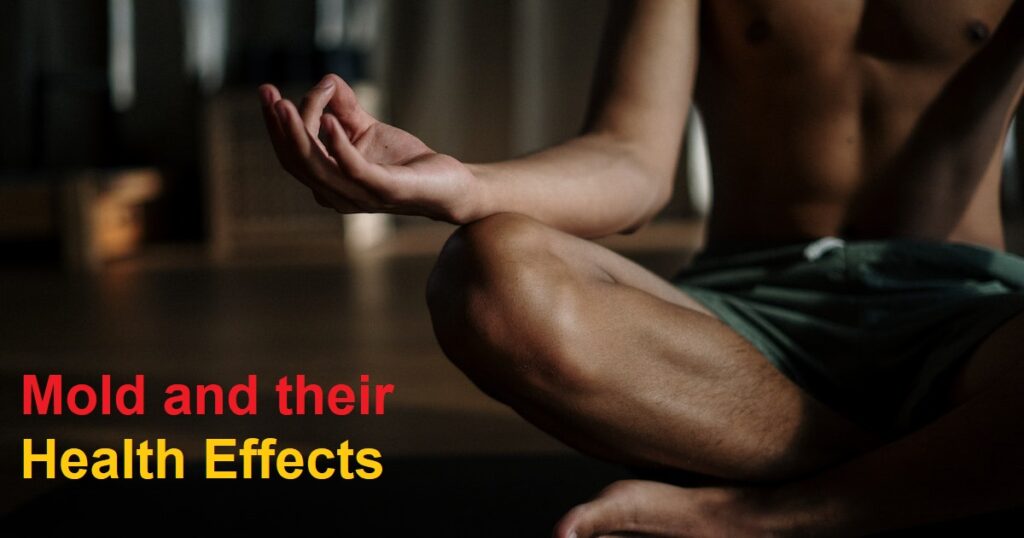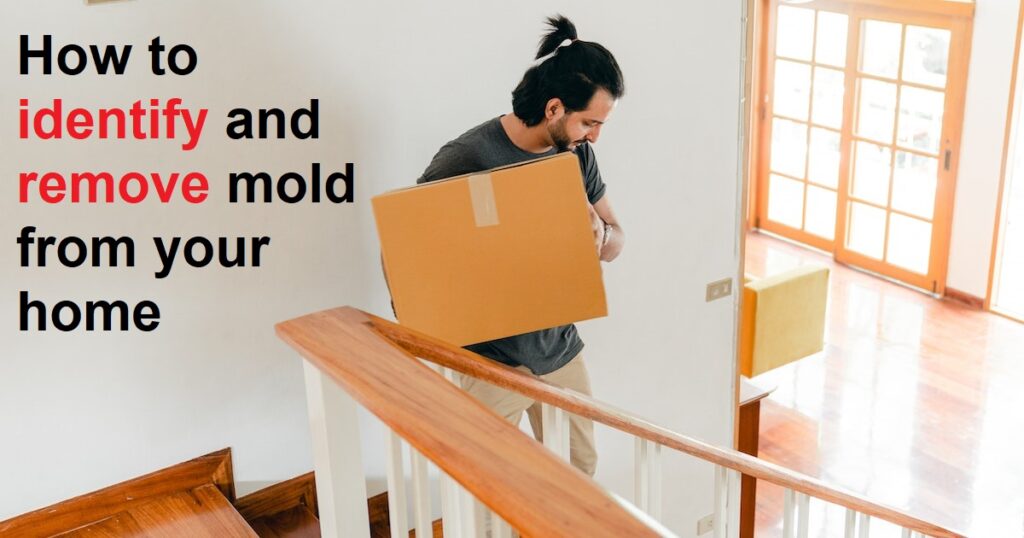Mold is a common fungus that can grow indoors and outdoors in moist and humid environments. While some forms of mold are harmless, others can pose a significant risk to human health.
In this article, we’ll explore the health risks associated with exposure to mold and what you can do to protect yourself.
Table of Contents
- Introduction
- What is mold?
- How does mold affect human health?
- Types of Mold and their health effects
- Symptoms of mold exposure
- Groups at high risk for mold exposure
- Diagnosis of mold exposure
- Treatment and prevention of mold exposure
- How to identify and remove mold from your home
- Myths about mold exposure
- Frequently asked questions (FAQs)
- Conclusion
Introduction
Mold is a type of fungus that grows in damp or humid conditions. It can grow on a variety of surfaces, including walls, ceilings, floors, carpets, and furniture. While mold is a natural part of the environment, exposure to certain types of mold can cause health problems, especially for people with allergies, asthma, or weakened immune systems.
What is mold?
Mold is a type of fungus that grows in the form of multicellular filaments called hype. Mold spores are tiny and lightweight, allowing them to travel through the air and settle on surfaces. Mold can grow on a variety of organic materials, including wood, paper, fabrics, and insulation. It thrives in warm, damp, and humid conditions.

How does mold impact human health?
Mold can impact human health in a variety of ways. Exposure to mold can cause allergic reactions, respiratory problems, and infections. Certain types of mold produce endotoxins, which can be toxic to humans and animals.
Prolonged exposure to mold can also weaken the immune system, making it harder for the body to fight off infections.
Types of Mold and their health effects
There are many types of mold, and each has its own health effects. Some types of mold are harmless, while others can cause serious health problems. Here are a few examples:
- Stachybotrys chartarum (black mold) – This type of mold produces mycotoxins that can cause respiratory problems, headaches, and fatigue.
- Aspergillus – This type of mold can cause allergic reactions and respiratory problems, especially in people with weakened immune systems.
- Penicillium – This type of mold can cause allergic reactions and respiratory problems, especially in people with allergies or asthma.
- Cladosporium—This type of mold can cause respiratory problems, skin irritation, and allergies.
- Alternaria – This type of mold can cause allergic reactions, respiratory problems, and asthma attacks.

Symptoms of mold exposure
The symptoms of mold exposure can vary depending on the type of mold and the person’s sensitivity to it. Some common symptoms of mold exposure include:
- Sneezing
- Runny or stuffy nose
- Coughing
- Wheezing
- Itchy or watery eyes
- Skin irritation
- Headaches
- Fatigue
- Difficulty breathing
Groups at high risk for mold exposure
Some groups of people are at a higher risk for mold exposure than others. These include:
- People with allergies or asthma
- People with weakened immune systems
- Infants and young children
- Pregnant women
- Older adults
Diagnosis of mold exposure
Diagnosing mold exposure can be challenging because the symptoms can be similar to those of other respiratory conditions. If you suspect that you have been exposed to mold, your doctor may perform a physical exam, ask about your symptoms, and order tests such as a blood test or allergy testing to determine if mold is the cause of your symptoms.

Treatment and prevention of mold exposure
The best way to prevent mold exposure is to control moisture and humidity levels in your home. Here are some tips to prevent mold growth:
- Fix leaks and water damage promptly
- Use dehumidifiers in damp areas
- Use exhaust fans in bathrooms and kitchens
- Ventilate crawl spaces and attics
- Clean and dry any wet or damp surfaces within 24–48 hours
If you do have mold in your home, it’s important to remove it properly to prevent further exposure. Here are some steps to take when removing mold:
- Wear protective clothing, gloves, and a mask
- Seal off the area to prevent mold spores from spreading
- Use a HEPA filter to clean the air
- Use a bleach solution or other mold-killing product to clean surfaces
- Dry the area thoroughly to prevent further mold growth
If you have severe symptoms or if the mold is widespread, you may need to seek professional help to remove the mold safely.

How to identify and remove mold from your home
If you suspect that you have mold in your home, there are several ways to identify it:
- Look for visible signs of mold, such as discoloration or a musty odor
- Check for water damage or leaks that could be causing mold growth
- Use a mold testing kit to test the air or surfaces for mold spores
Once you have identified the mold, it’s important to remove it promptly to prevent further exposure. Here are some steps to take when removing mold:
- Wear protective clothing, gloves, and a mask
- Seal off the area to prevent mold spores from spreading
- Use a HEPA filter to clean the air
- Use a bleach solution or other mold-killing product to clean surfaces
- Dry the area thoroughly to prevent further mold growth
If you have severe symptoms or if the mold is widespread, you may need to seek professional help to remove the mold safely.
Myths about mold exposure
There are several myths about mold exposure that have been debunked by scientific research. Here are a few examples:
- Myth: All types of mold are toxic. Reality: While some types of mold produce mycotoxins, not all types of mold are toxic to humans.
- Myth: You can’t get sick from mold unless you can see it. Reality: Mold can grow in hidden areas, such as behind walls or under carpeting, and still cause health problems.
- Myth: Bleach is the best way to remove mold. Reality: While bleach can kill mold, it is not always effective at removing it completely.
Frequently asked questions (FAQs)
- Can mold exposure cause long-term health problems?
- Yes, prolonged exposure to mold can weaken the immune system and cause long-term health problems.
- Can mold grow in dry environments?
- No, mold thrives in warm, damp, and humid conditions.
- Can I remove the mold myself?
- You can remove small amounts of mold yourself, but it’s important to wear protective gear and follow proper safety procedures.
- Can mold cause structural damage to my home?
- Yes, prolonged mold exposure can weaken the structure of your home.
- How can I prevent mold growth in my home?
- The best way to prevent mold growth is to control moisture and humidity levels in your home.
Conclusion
Mold exposure can cause a variety of health problems, especially for people with allergies, asthma, or weakened immune systems. It’s important to take steps to prevent mold growth and to remove mold promptly if it does appear in your home. By following the tips outlined in this article, you can protect yourself.
